HEADSET vs HEADTEACHER….can VR be a positive force in the classroom?
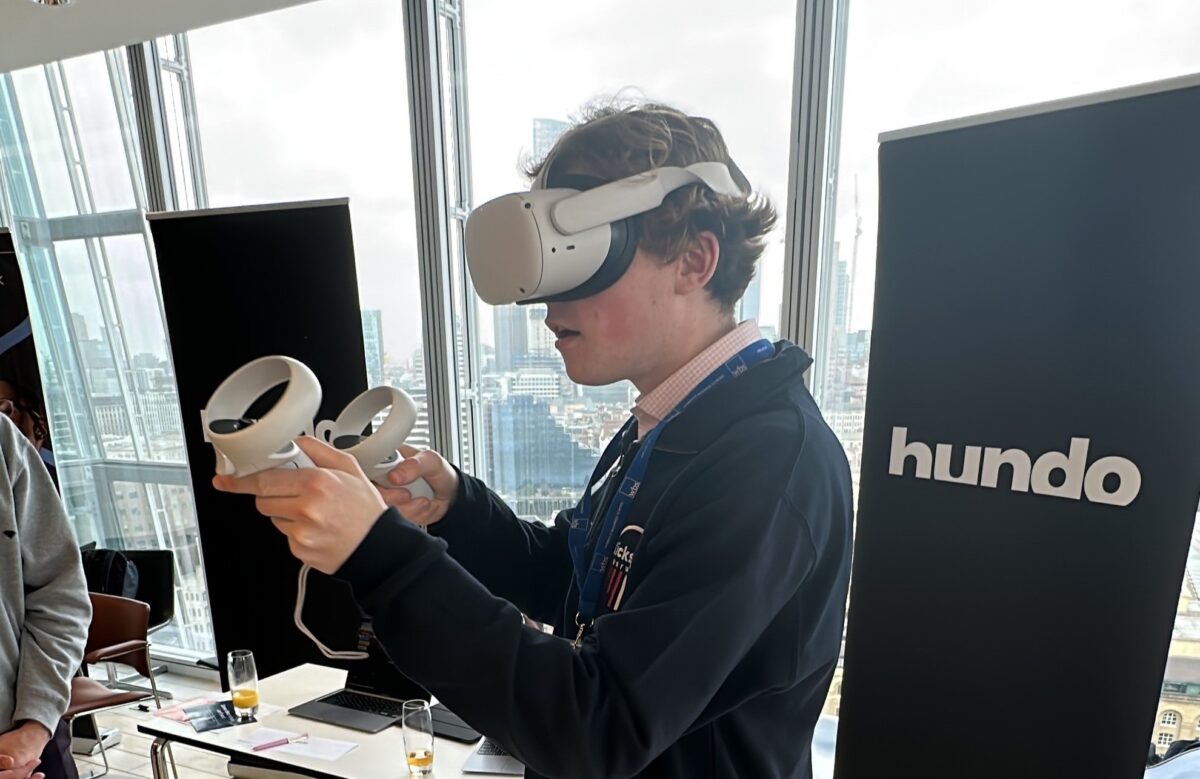
Virtual Reality (VR) is a computer-generated environment that simulates real-life situations, making users feel like they are actually present in that environment.
Over the years, VR technology has been increasingly used for various purposes, including gaming, entertainment, and education. In this article, we will examine why VR is good for education, including the statistics and figures that support its usefulness, as well as the potential downsides.
Firstly, one of the most significant advantages of VR in education is its ability to provide immersive learning experiences. VR allows students to explore and interact with concepts and subjects in ways that are not possible in traditional classroom settings. For example, instead of just reading about the ancient pyramids of Egypt, students can take a virtual tour of them, explore their interiors, and learn about their history in a more engaging way. According to a study conducted by the University of Maryland, students who learned using VR performed better on tests and retained information better than those who learned using traditional methods.
Another advantage of VR in education is its potential to increase student engagement. In a traditional classroom setting, it can be challenging to keep students engaged and interested in the lesson. However, with VR, students are more likely to be actively engaged in the learning process because they are immersed in the environment and have a more interactive learning experience. In fact, a study by Samsung found that students were 1.5 times more likely to be interested in learning when using VR.
In addition to increasing engagement, VR can also improve critical thinking and problem-solving skills. When using VR, students are presented with real-life scenarios that require them to think critically and solve problems. For example, in a medical school, students can use VR to simulate surgeries, which will help them to understand the procedures and think critically about how to perform them.
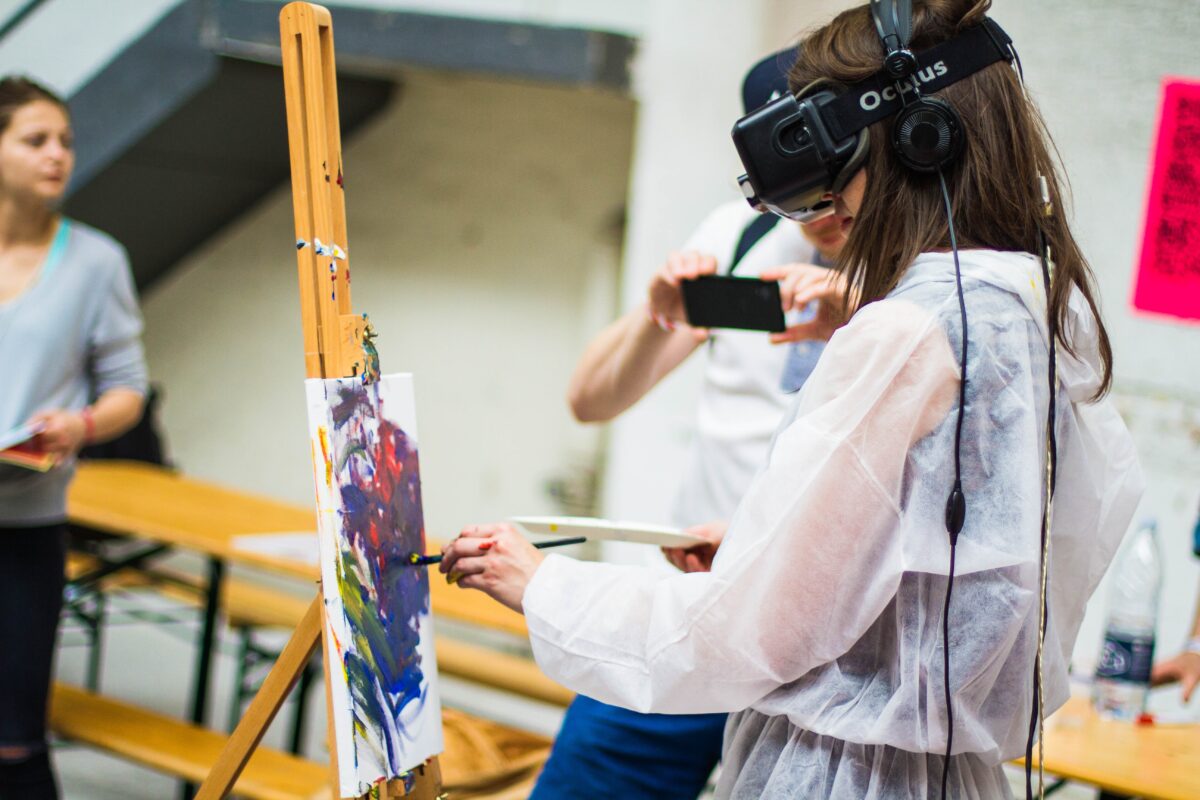
Moreover, VR can provide students with experiences that are not possible in real life due to safety concerns or accessibility issues. For example, students can use VR to experience a spacewalk or visit a far-off country that they may not have the opportunity to visit in person. This can help to broaden students’ horizons and expose them to different cultures and experiences.
Despite the numerous benefits of VR in education, there are also potential downsides to consider. One of the most significant concerns is the cost of implementing VR in classrooms. VR technology can be expensive, and not all schools may be able to afford it. Additionally, there are concerns about the potential health effects of using VR, such as eye strain and motion sickness.
In conclusion, while there are some potential downsides to consider, the advantages of using VR in education outweigh the disadvantages. VR provides immersive learning experiences, increases student engagement, improves critical thinking and problem-solving skills, and provides unique experiences that are not possible in traditional classroom settings. As technology continues to advance, VR is likely to become more affordable and accessible, making it an increasingly useful tool for teachers and students alike.
In closing, it is clear that VR is a valuable tool for enhancing the learning experience of students. With its ability to provide immersive and engaging experiences, improve critical thinking and problem-solving skills, and broaden students’ horizons, it is no wonder that VR is becoming increasingly popular in education. So, the question is, what new and exciting ways will VR be used in education in the future?
To learn more, visit hundo.xyz and watch our videos on TikTok.

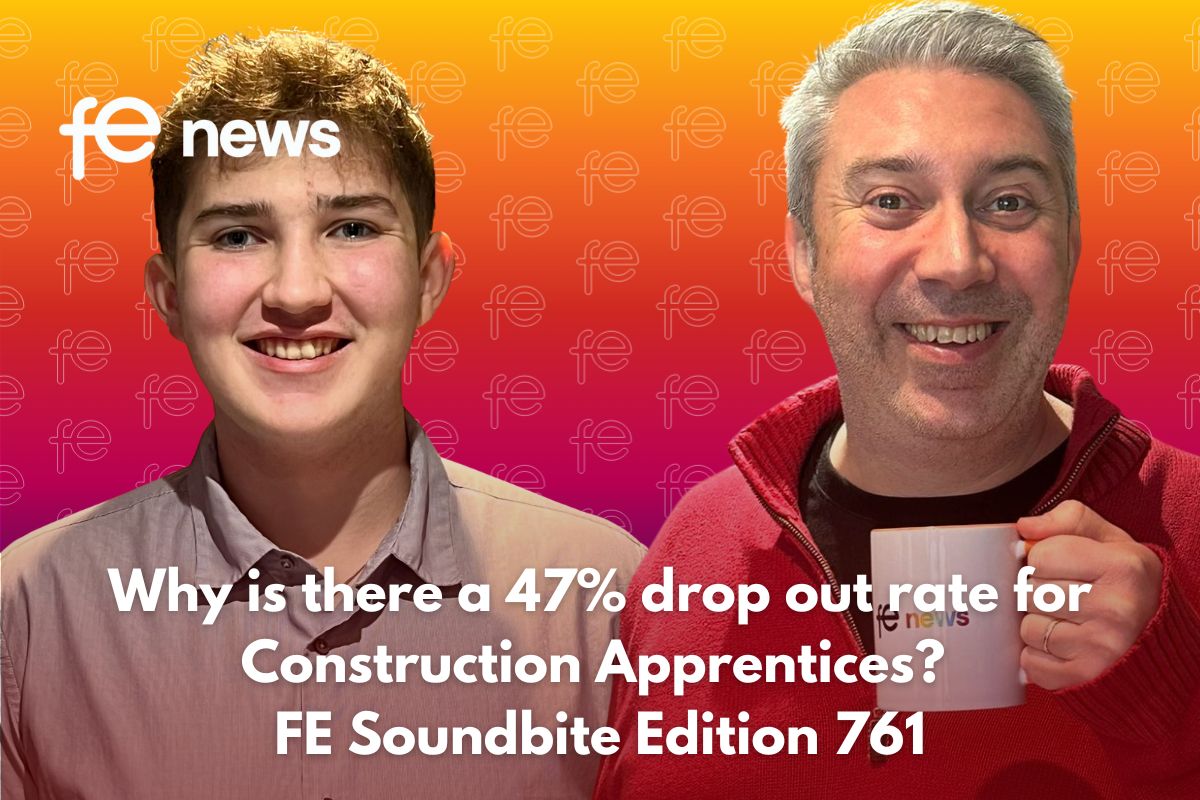
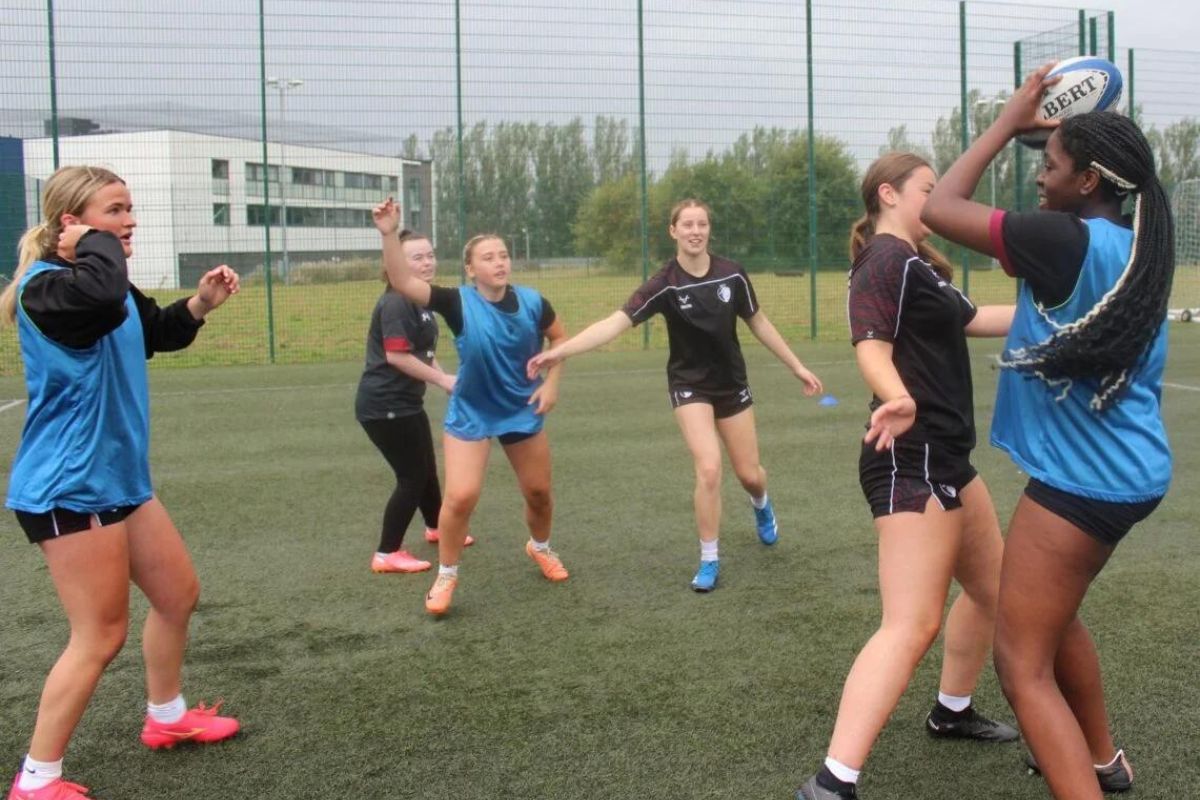
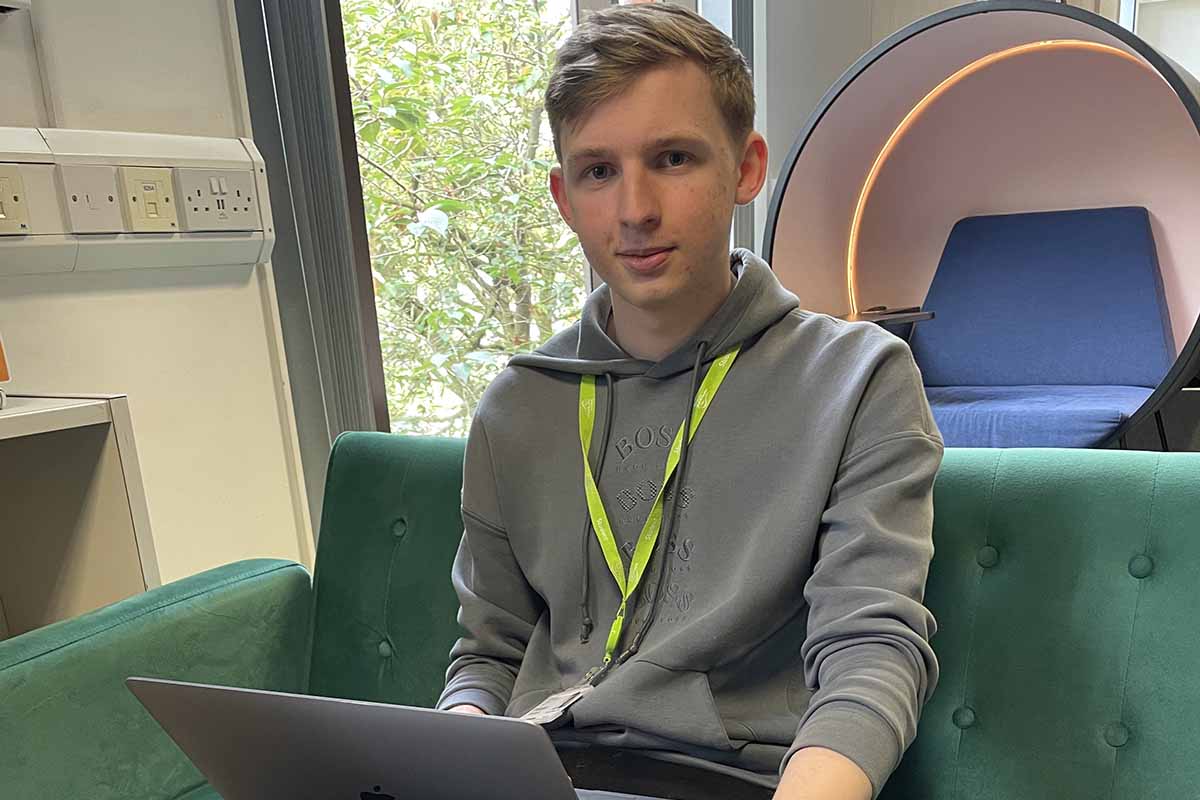
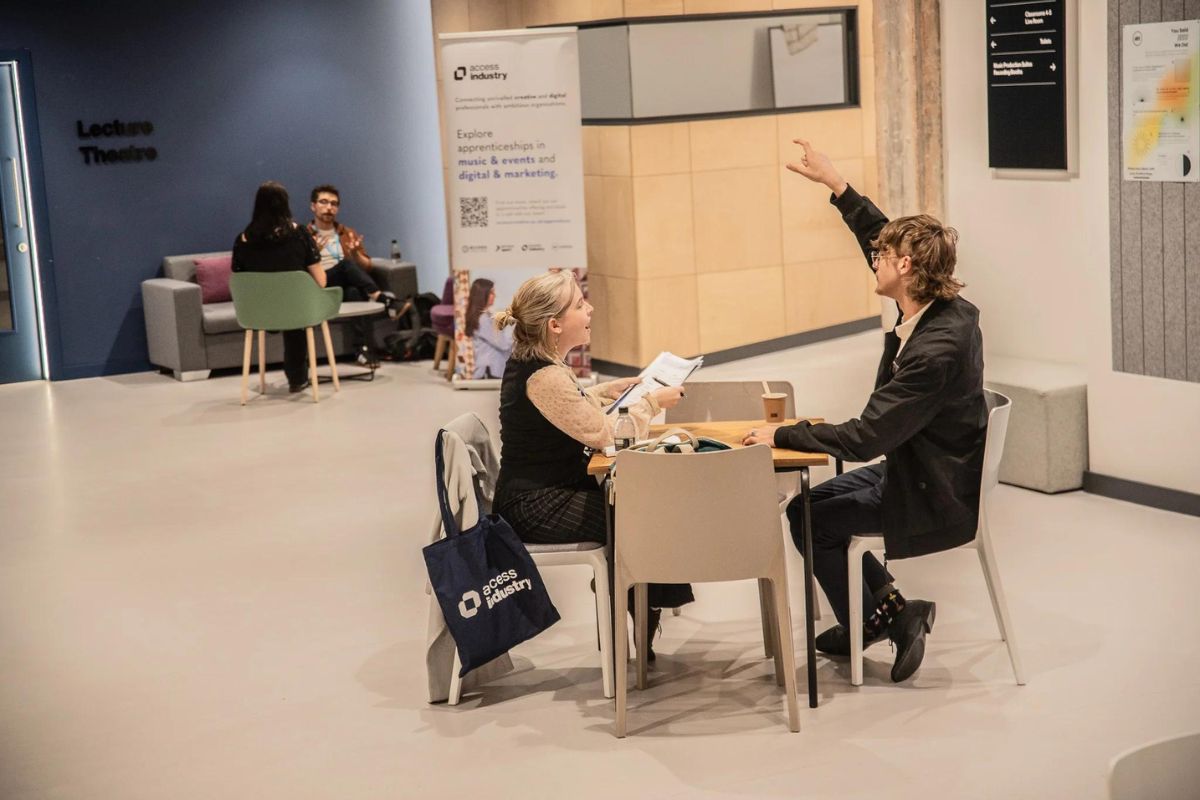


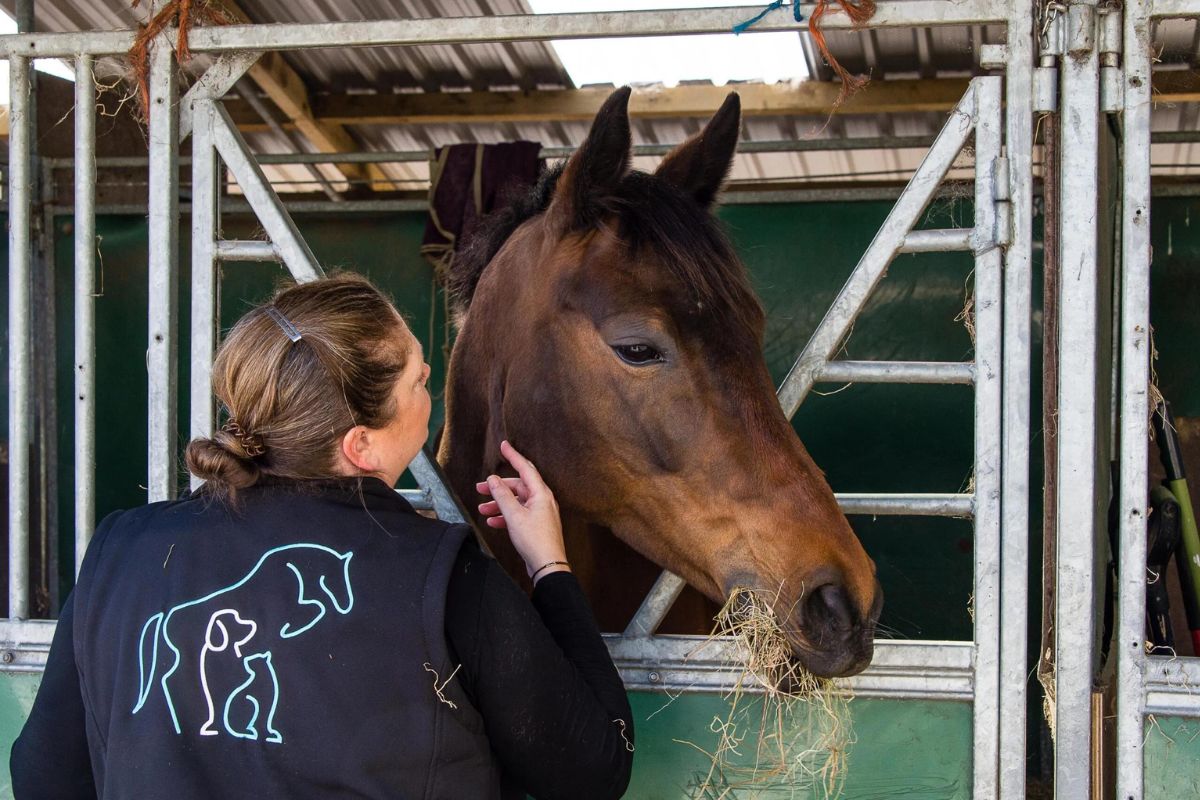

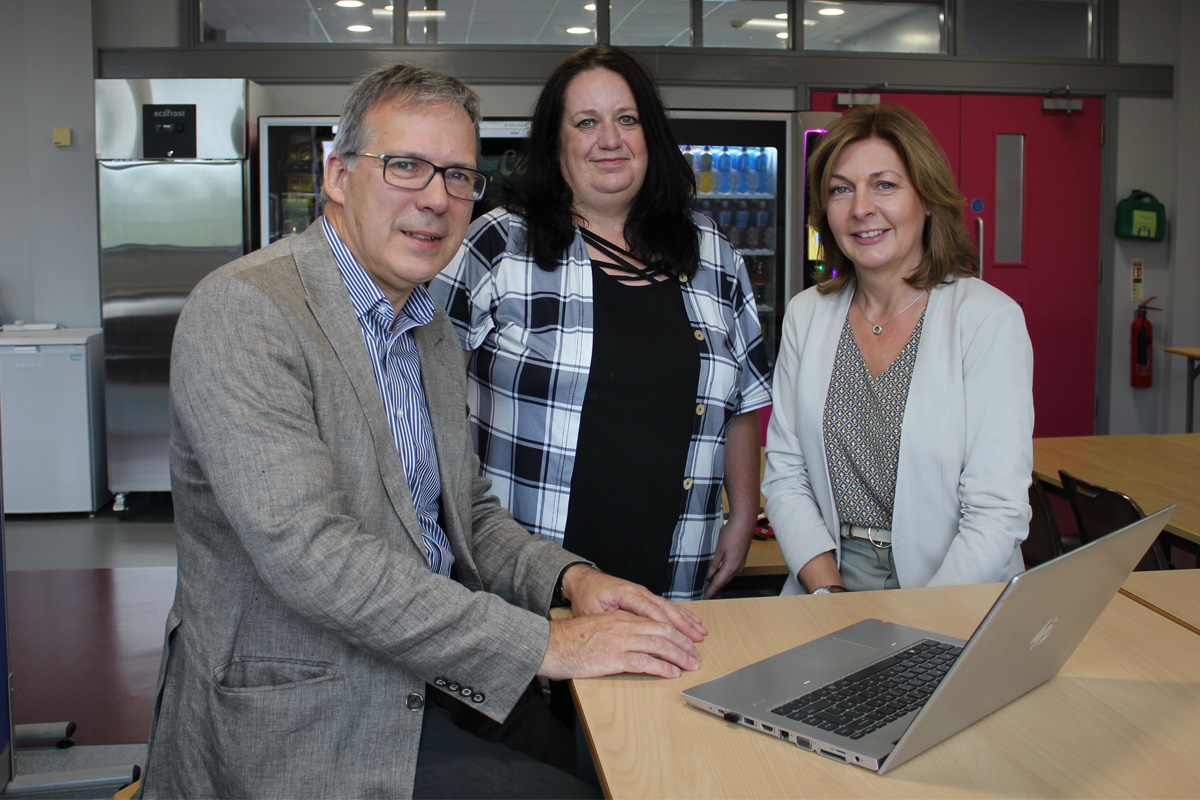

Responses